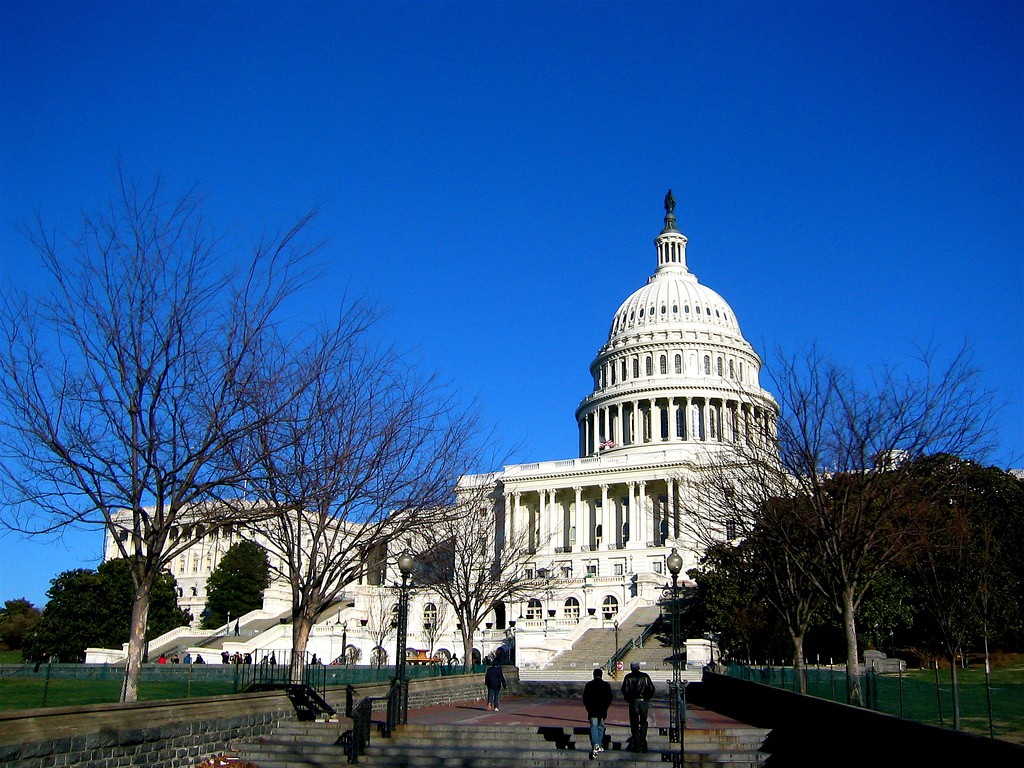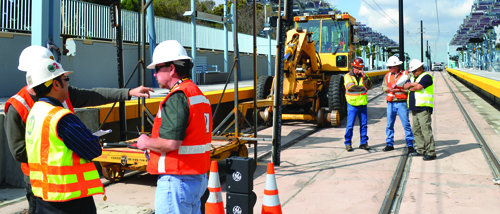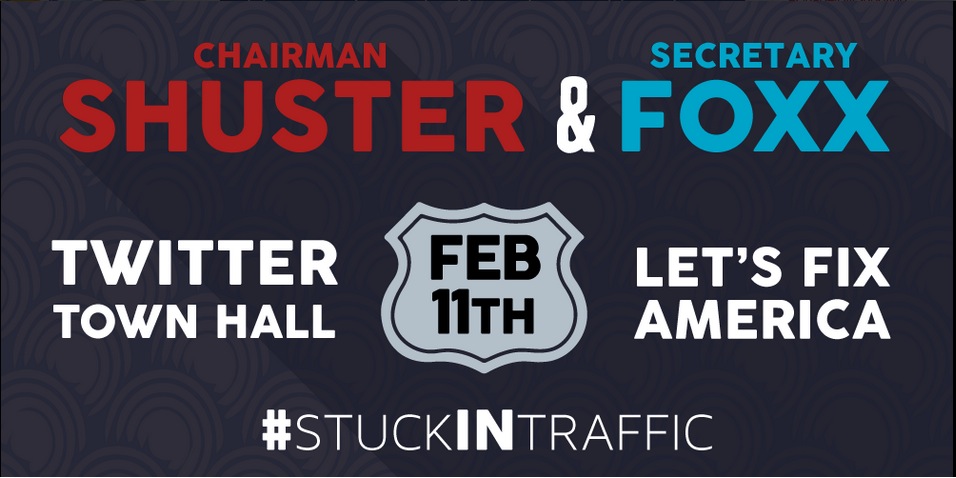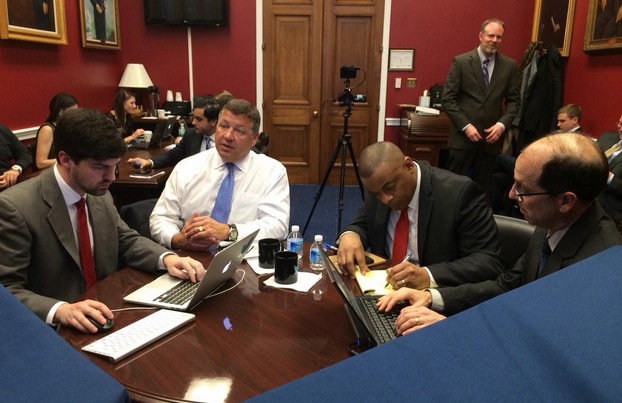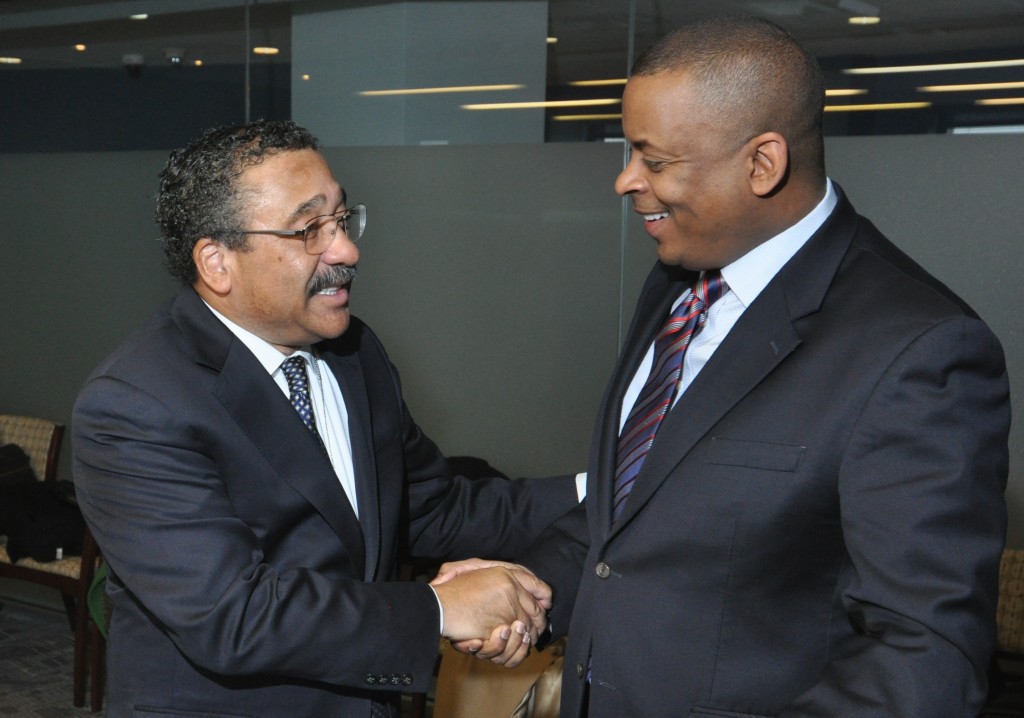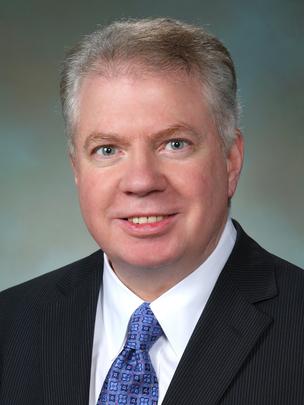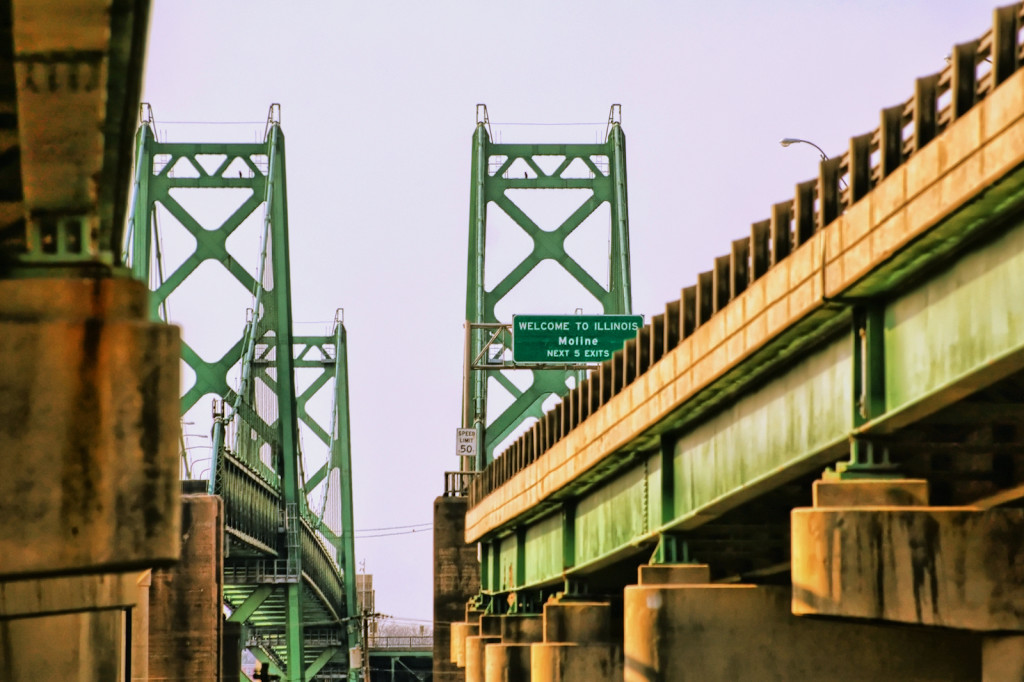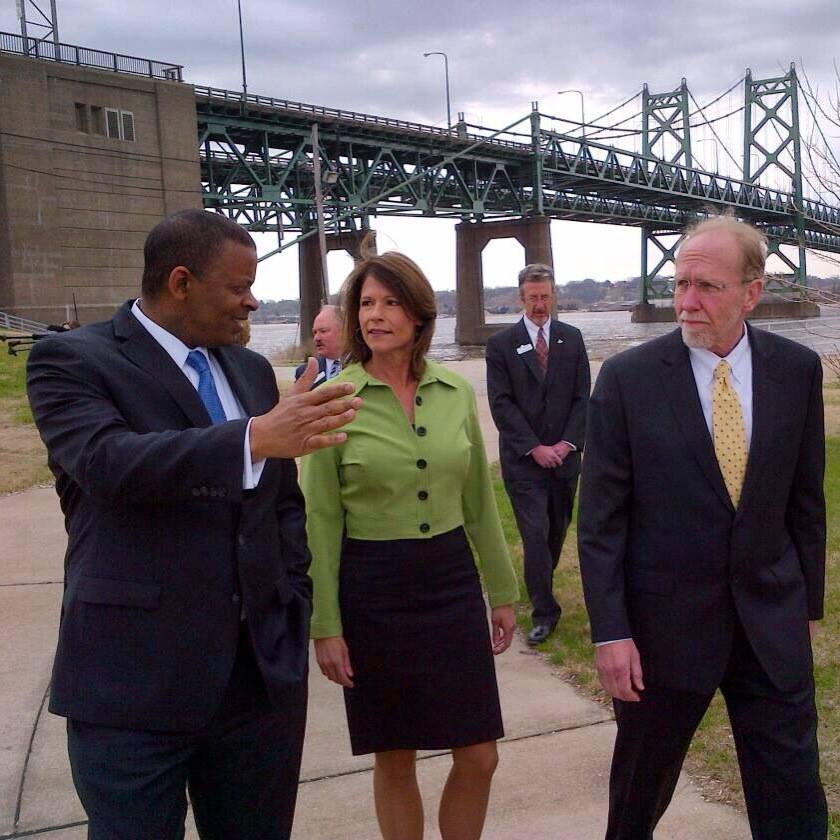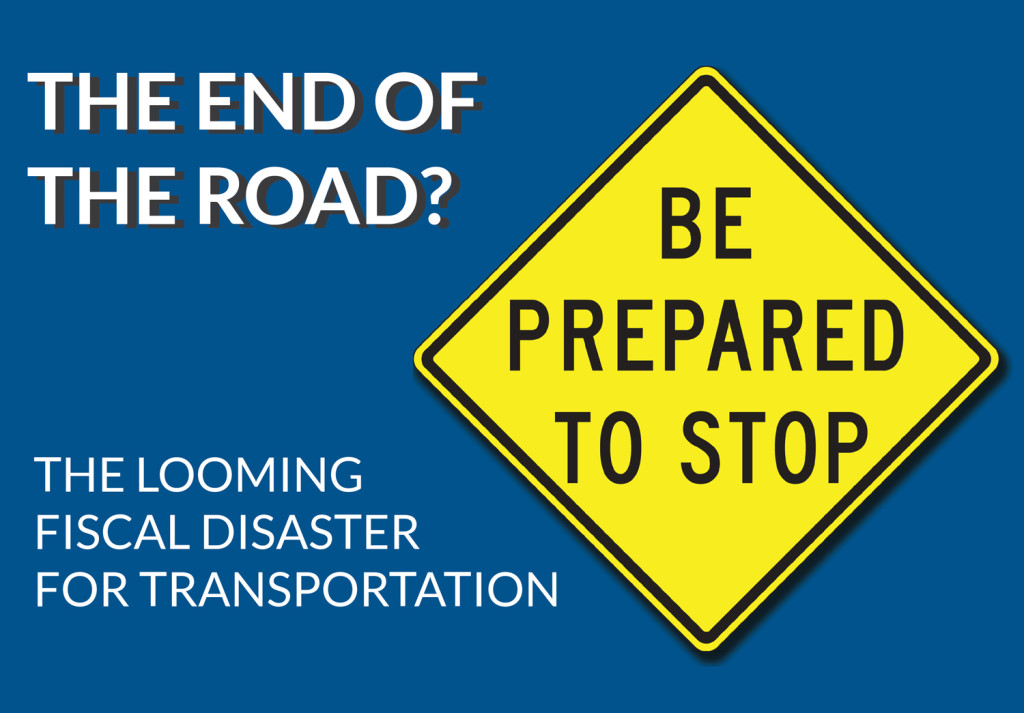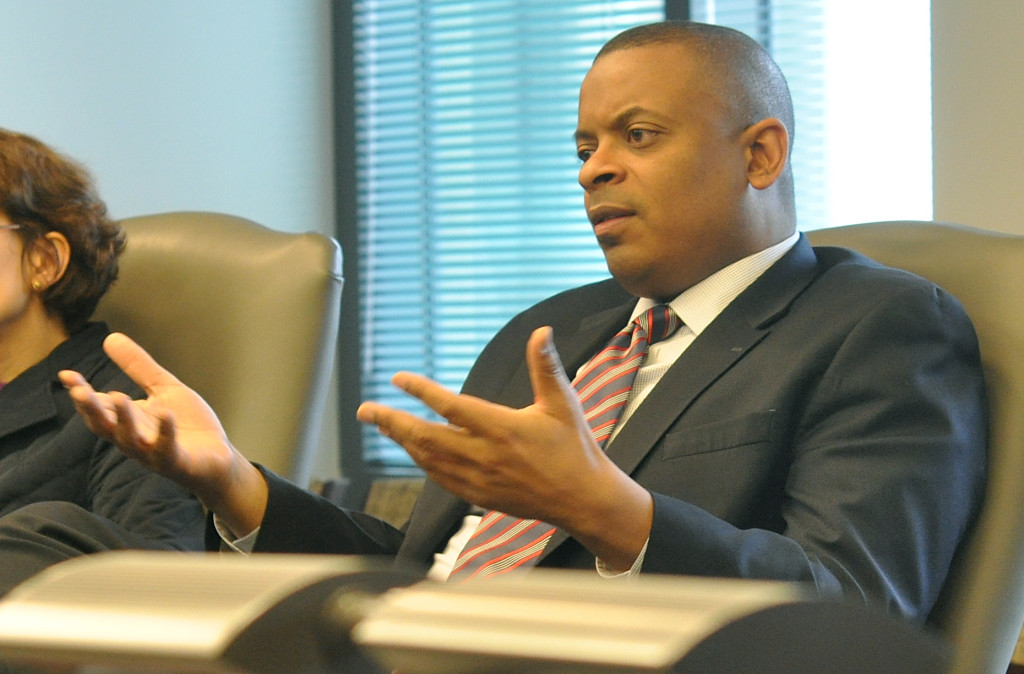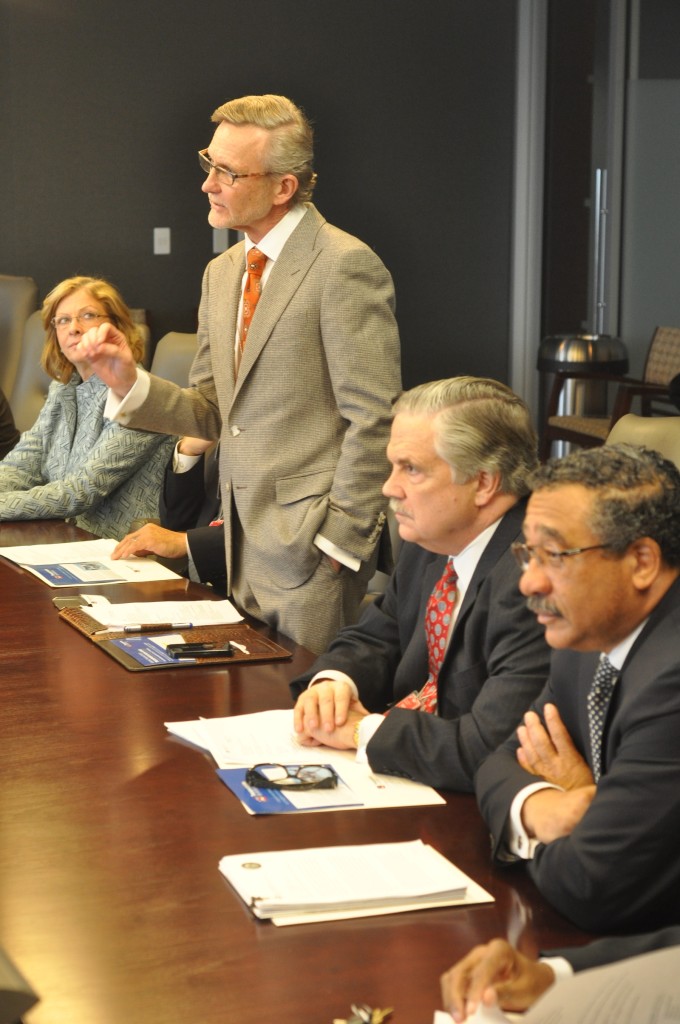The Senate Transportation, Housing & Urban Development, and Related Agencies (THUD) Appropriations Subcommittee hosted Transportation Secretary Anthony Foxx, as well as USDOT Inspector General Calvin Scovel, on Wednesday, March 16 to discuss the department’s FY2017 budget request.
Here are some of the key highlights from the hearing:
Skepticism over a larger, new funding request
The administration’s budget would grow funding for the department to $98 billion in FY17, in part by raising new revenue through a new, $10.25-per-barrel oil fee. Chairman Susan Collins (R-ME) opened the hearing with a note of disappointment and incredulity that the administration would submit such a sizable revenue proposal just months after Congress passed the five-year FAST Act and after many years of debate over transportation finance in which the administration declined to offer specific funding options.
Support for TIGER funding
Several members of the committee—including Chairman Collins (R-ME), Ranking Member Jack Reed (D-RI), and Sens. Roy Blunt (R-MO), Christopher Coons (D-DE), and John Boozman (R-AR) voiced their support for the TIGER program and the projects it has funded. Sen. Boozman, however, had concerns about the department’s support for applicants and the way it helped strengthen the proposals in from applicants who were not awarded funds. Sec. Foxx spoke to the outreach the department is already doing and noted the success the program has had in funding projects in rural areas.
Support for Amtrak primarily in Northeast Corridor
There was support for Amtrak primarily from the two senators from the Northeast Corridor, Sens. Jack Reed (D-RI) and Christopher Coons (D-DE). They each spoke of the importance of making capital improvements on that corridor. Sen. Reed also sought assurance that the Northeast Corridor Futures project would not realign Amtrak service out of his state.
Metro closure was the only transit topic of conversation
The only discussion of transit in the hearing focused on the emergency shutdown of Washington’s Metrorail system. Sen. Barbara Mikulski (D-MD), chairman of the full Appropriations Committee, focused her questioning on ways that Congress or the department can further ensure Metro’s safety and improve reliability. Sec. Foxx placed the onus for additional improvement on the local jurisdictions—the District of Columbia, Maryland, and Virginia—to make safety a priority for the agency. He also said the department is looking into ways that it can require open grants to the agency be used for safety purposes.
There was no discussion of Capital Grants (New Starts) or other transit funding.
USDOT want to support all Smart City Challenge applicants
Several members asked how the department is anticipating new technology, especially autonomous vehicles. Sec. Foxx spoke of the innovative ideas submitted through the Smart City Challenge grant program. Though the department will pick just one winner, Foxx said the department plans to advise all of the losing cities on ways they may be able to fund their visions through other, existing funding sources.
USDOT on the way to establishing the Innovative Finance Bureau
In response to a question from Sen. Shelley Moore Capito (R-WV) about P3 financing for roads, Sec. Foxx said the department is well on the way to standing up the National Surface Transportation and Innovative Finance Bureau, a consolidated office for innovative financing created under the FAST Act.
Timing going forward
House Appropriations Chair Hal Rogers has announced that committee will begin consideration of the first of 12 appropriations bills next week and we expect the Senate to proceed on a similar schedule, debating bills through April following the Easter recess. The House will apparently start on these appropriations bills even through consideration of the budget resolution has been postponed two weeks until after the recess. (The budget resolution declares intended top-line spending amounts, while appropriations bills set specific, program-level outlays.)




